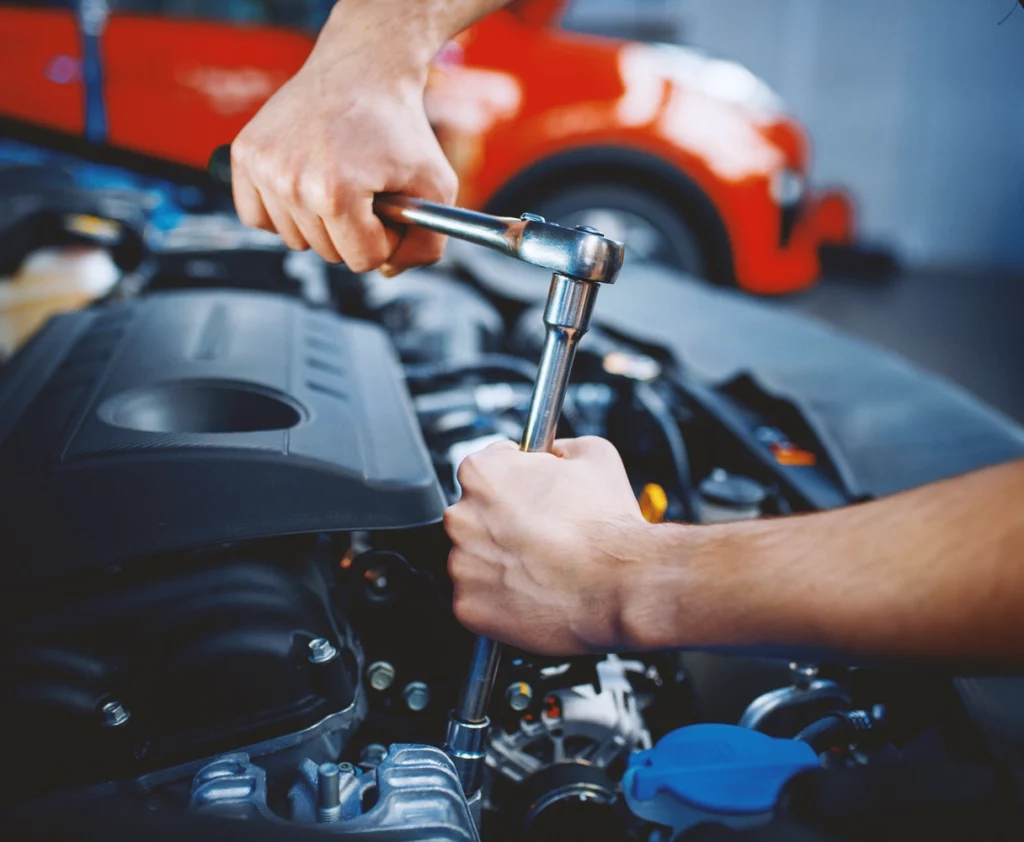
Unlocking the Secrets of Factory Scheduled Maintenance: Ensuring Optimal Performance
Factory scheduled maintenance plays a crucial role in ensuring the uninterrupted operation of manufacturing facilities. From enhancing productivity and minimizing downtime to prolonging the lifespan of equipment, this proactive approach to maintenance has become indispensable. In this article, we delve into the intricacies of it, exploring its benefits, best practices, and how it contributes to the overall success of manufacturing enterprises.
The Significance of Maintenance

Factory scheduled maintenance refers to the planned and systematic upkeep of machinery, equipment, and infrastructure within manufacturing plants. By adhering to a pre-determined maintenance schedule, companies can detect and address potential issues before they escalate into costly breakdowns or failures.
Enhanced Productivity and Efficiency
One of the primary objectives of factory scheduled maintenance is to optimize the performance of equipment, thereby maximizing productivity. Some key benefits include:
- Improved Equipment Performance: When you regularly inspect, service, and calibrate your machinery, you’re like a detective uncovering and fixing those tiny issues that could otherwise slow things down.
- Higher Throughput: Timely maintenance keeps your machines humming at their best, so they can churn out more products, boosting your production output.
- Enhanced Quality Control: Keeping your equipment in tip-top shape minimizes the chance of defects, ensuring your products meet consistent quality standards every time. It’s like your quality control guardian.
Reduced Downtime and Production Losses
You’re absolutely right; unplanned downtime can be a real nightmare for a factory’s operations and bottom line. Scheduled factory maintenance is like your proactive shield against this chaos, and it brings along some key advantages:
- Minimized Equipment Failures: With regular servicing, lubrication, and replacing worn-out parts, you’re essentially slashing the odds of sudden equipment failures. It’s like having your machinery on a well-planned health regimen.
- Consistent Production Levels: When you steer clear of unexpected breakdowns, you can keep your production humming along smoothly, meeting customer demands without any pesky interruptions. It’s like a ticket to maintaining those steady production levels.
- Cost Savings: By nipping costly downtime and emergency repairs in the bud, you’re pocketing significant cost savings in the long haul. It’s all about keeping that budget in check and your profits up.
Best Practices for Effective Factory Scheduled Maintenance
Implementing an effective program requires careful planning and execution. Here are some best practices to consider:
1. Establish a Comprehensive Maintenance Schedule
Creating a comprehensive maintenance calendar is a smart move to keep your operations running smoothly. Here’s a detailed plan that covers all the bases:
Step 1: Identify Critical Equipment
Step 2: Set Appropriate Intervals
Step 3: Allocate Resources
Step 4: Create the Maintenance Calendar
Step 5: Review and Adjust
2. Utilize Predictive Maintenance Techniques
- Absolutely, it’s time to get with the times and tap into modern tech like condition monitoring and predictive analytics to stay ahead of potential issues. Here’s the scoop:
- Embrace Condition Monitoring: Get those sensors and monitoring systems in place to capture real-time data on how your equipment is doing – things like performance, vibrations, temperature, and other relevant bits.
- Leverage Predictive Analytics: Once you’ve got the data, use it to spot patterns and trends that might signal equipment hiccups. Predictive analytics tools can help you forecast maintenance needs like a pro.
- Implement Condition-Based Maintenance: Armed with insights from predictive analytics, you can fine-tune your maintenance schedules. This means you perform maintenance only when it’s truly needed, saving time and resources. It’s all about staying one step ahead and making your operations as efficient as possible.
3. Train and Empower Maintenance Staff
- Investing in training programs is a game-changer for your maintenance team. It’s all about arming them with the skills to troubleshoot, diagnose, and keep equipment running like a dream. Here’s the lowdown:
- Technical Training: Start with comprehensive training. Give your folks the knowledge they need on equipment operation, maintenance procedures, and the art of troubleshooting.
- Continuous Learning: Learning doesn’t stop. Encourage your maintenance crew to keep up with the latest tech, best practices, and industry trends. That means workshops, seminars, and online resources should be on their radar.
- Empower Decision-Making: Create a culture where your maintenance team isn’t shy about reporting and escalating issues. Being proactive in maintenance is the name of the game, and that’s how you keep your operations running smooth as silk.

Maintenance And Security Of Your Car
The ultimate security system designed for keyless automobiles is called the Smart Keyless Keeper . It stands out for its simple DIY (Do It Yourself) rapid installation and suitability for all cars. This gadget has a motion chip that only you can use to open the automobile, foiling any attempted theft. Any transmission of signals is blocked unless motion is detected. Additionally, because your key fob doesn’t need to operate continually, the battery life is improved. It’s fantastic to know that it is accessible online.
Conclusion
Factory scheduled maintenance is like the backbone of modern manufacturing. It’s all about staying ahead of the game, taking good care of your equipment and structures. When you make it a priority, you open the door to a treasure trove of perks: think higher productivity, less downtime, and gear that lasts longer. By mixing in some top-notch practices and the latest tech, manufacturers keep the hiccups at bay, ensuring top-tier performance and a one-way ticket to long-term success.




